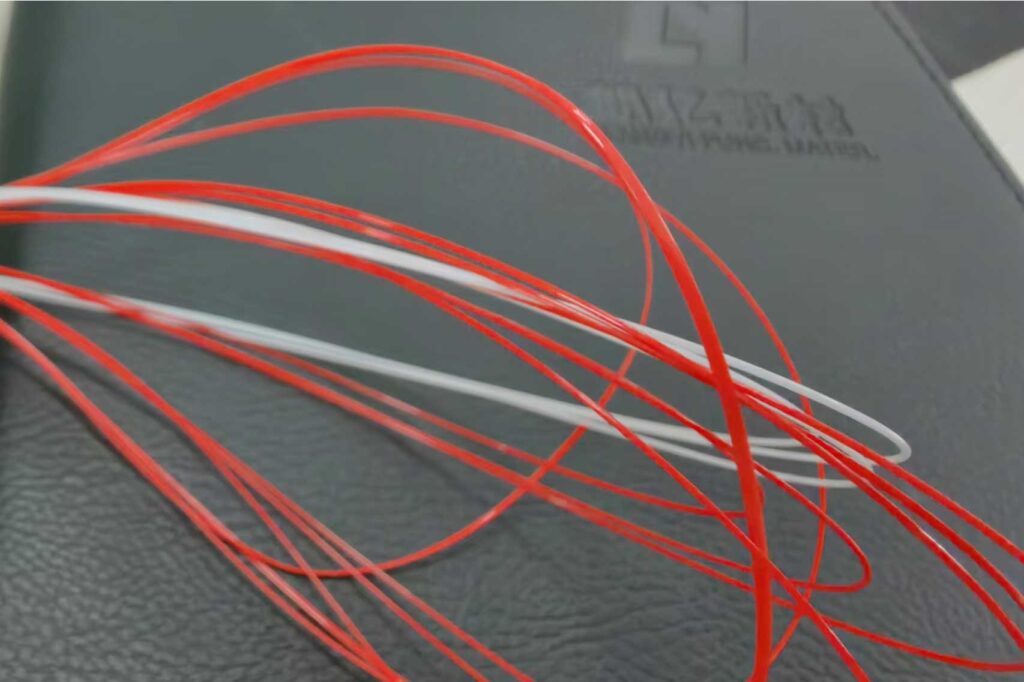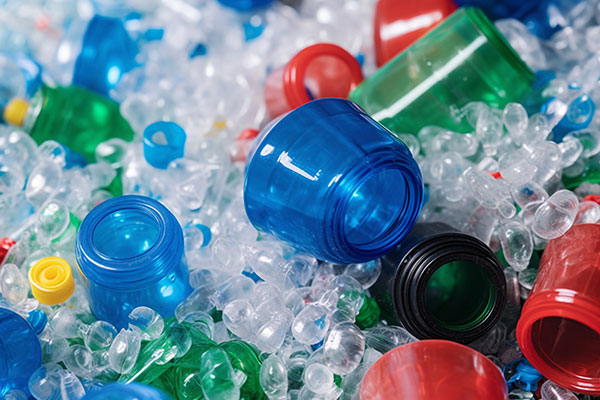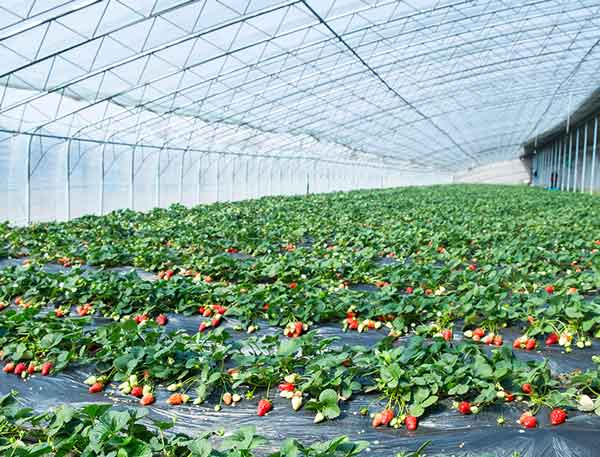Additives and Polyester Monofilaments: Compatibility Analysis and Implementation of Hydrolysis Resistant Agents

Additives play an important role in polyester monofilaments production. Today, let’s investigate evaluation methods used to assess their compatibility with monofilament polyester production as well as comprehending hydrolysis-resistant agent applications within them. Importance of Evaluating Compatibility between Additives and Polyester Monofilaments Polyester monofilaments have been widely used across textiles and industry with their ability to […]
Application of Anti-hydrolysis Agents in Polyester Polyols and Polyurethanes

Polyurethane (PU) is usually prepared by the reaction of isocyanate or terminal NCO prepolymer with polyol or polyamine. Among them, polyol is the main raw material in polyurethane chemistry. According to different monomers, synthesis processes and molecular structures, polyols can also be divided into two major categories: polyether and polyester. What is polyol? Polyol, also […]
Enhancing BOPET in Photovoltaics and Electronics using Anti-Hydrolysis Agents

BOPET (biaxially oriented polyethylene terephthalate) films play an important role in multiple industries today, such as photovoltaics and electronics. Unfortunately, they also pose the threat of hydrolysis, which can negatively impact performance and lifespan – this is where anti-hydrolysis agents come into play. The Significance of BOPET in Photovoltaics and Electronics BOPET films play an […]
The Role of Epoxy Chain Extenders and Anti-Hydrolysis Agents in rPET Materials

Recycled polyethylene terephthalate (rPET) has become an increasingly important trend in plastics and packaging industries. Derived by processing post-consumer PET products for reuse, this form of recycled PET not only saves waste but also significantly lessens environmental impacts. What is Recycled Polyethylene Terephthalate Material (rPET Material)? Recycled polyethylene terephthalate material, more commonly referred to as […]
Enhancing Leather Surface Water Resistance with Carbodiimide Crosslinking Agent

Leather is a versatile and widely used material that requires proper finishing to enhance its properties and appearance. Leather finishing agents play a crucial role in achieving these goals, and the addition of carbodiimide crosslinking agents has proven to be highly beneficial. What is leather finishing agents? Leather finishing agents are materials used for surface […]
Application of Anti-hydrolysis Agent in Biobased Polyester Monofilaments

Renewable biobased polyester monofilament has quickly become one of the go-to sustainable development materials due to its environmental protection properties and outstanding performance, but like traditional polyester materials it does experience hydrolysis. See what is hydrolysis? 1. Development and Advantages of Renewable Biobased Polyester Monofilament Fabrics With increasing concern for environmental preservation, renewable biobased polyester […]
Polycarbodiimide in Leather Finishing Agents: Applications, Benefits and Reaction Mechanism

Polycarbodiimide has become an invaluable ingredient in leather finishing agents due to its ability to greatly increase durability, chemical resistance and environmental stability of finishes. In this article, we investigate their applications, benefits and underlying mechanism in leather finishing; providing a deeper insight into their role in improving leather products. What is Polycarbodiimide? Polycarbodiimide (PCDI) […]
Enhancing Photovoltaic Modules with Anti-PID EVA Technology

As climate change and energy demand exacerbate one another, finding sustainable and renewable sources has never been more crucial. Photovoltaic (PV) technology – which converts sunlight directly to electricity – has emerged as one such renewable solution, making PV modules key factors when considering solar energy use in terms of effectiveness and economic viability. Conceptual […]
Maximizing PBAT Film Efficiency: The Benefits of Hydrolysis Inhibitors in Biodegradable Applications

Introduction Recently, biodegradable films have garnered considerable interest as an eco-friendly alternative to plastic bags and films. These materials decompose naturally over time to reduce environmental pollution associated with plastic waste disposal. Development has rapidly progressed because of rising environmental concerns and regulatory requirements for them. Polybutylene Adipate Terephthalate PBAT is an organic synthetic biodegradable […]
